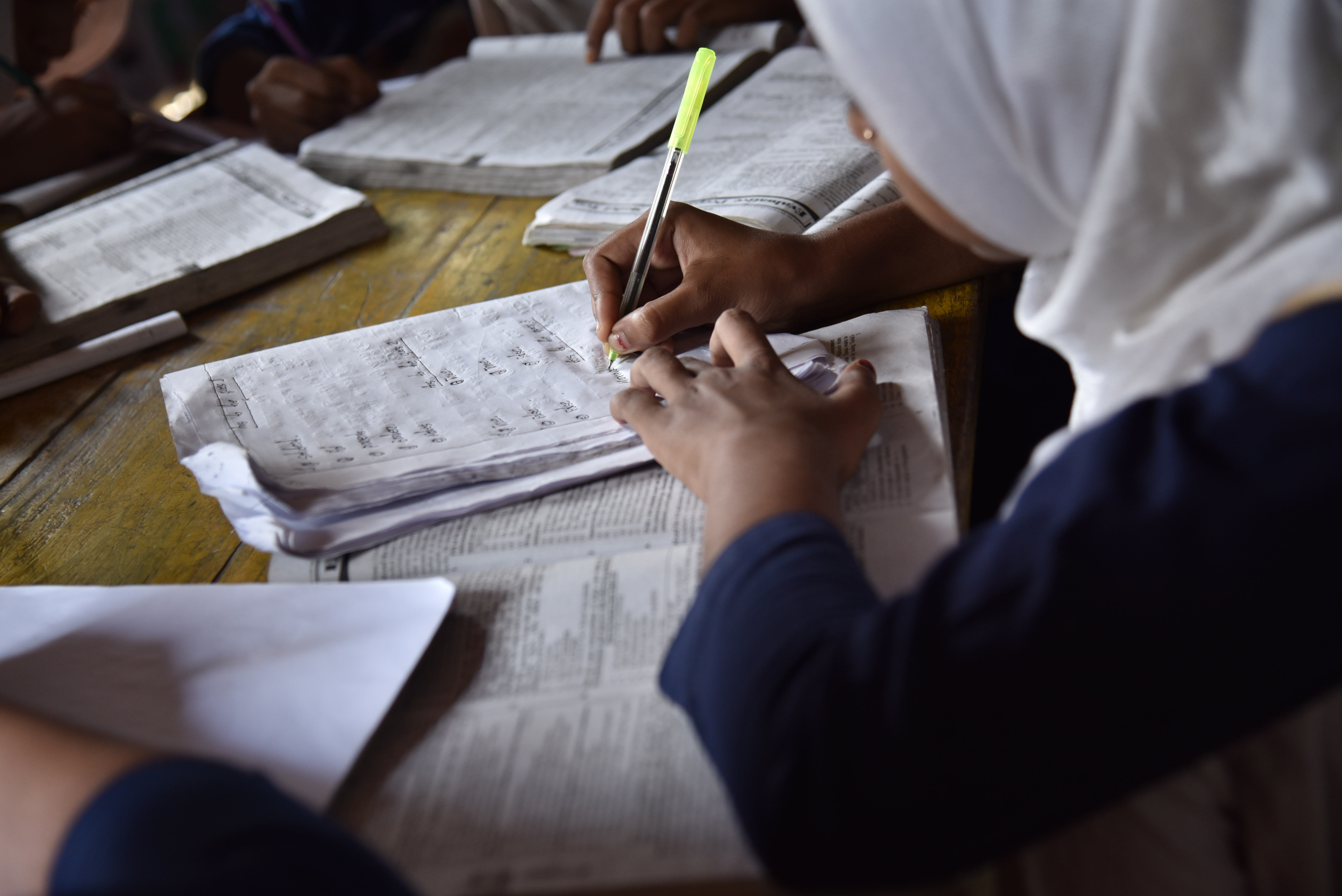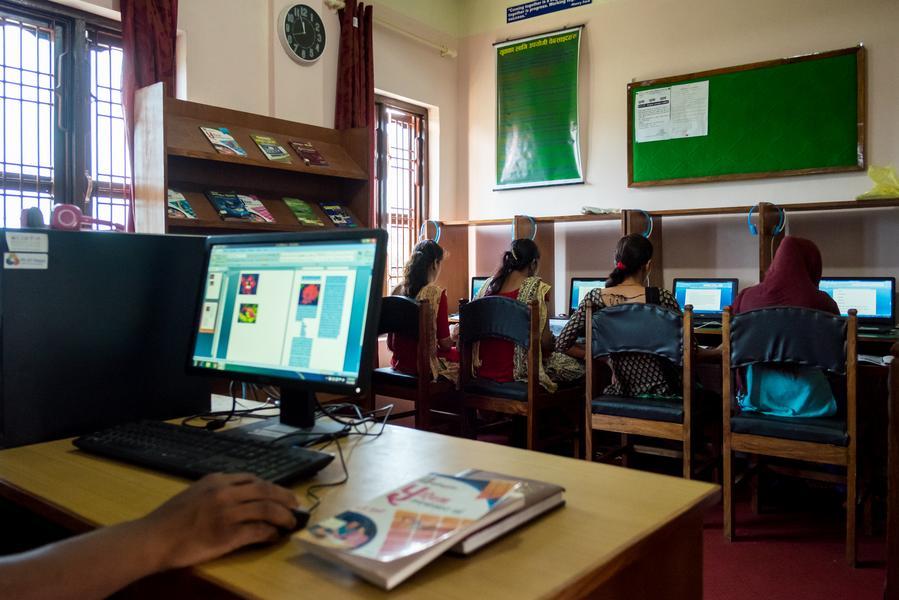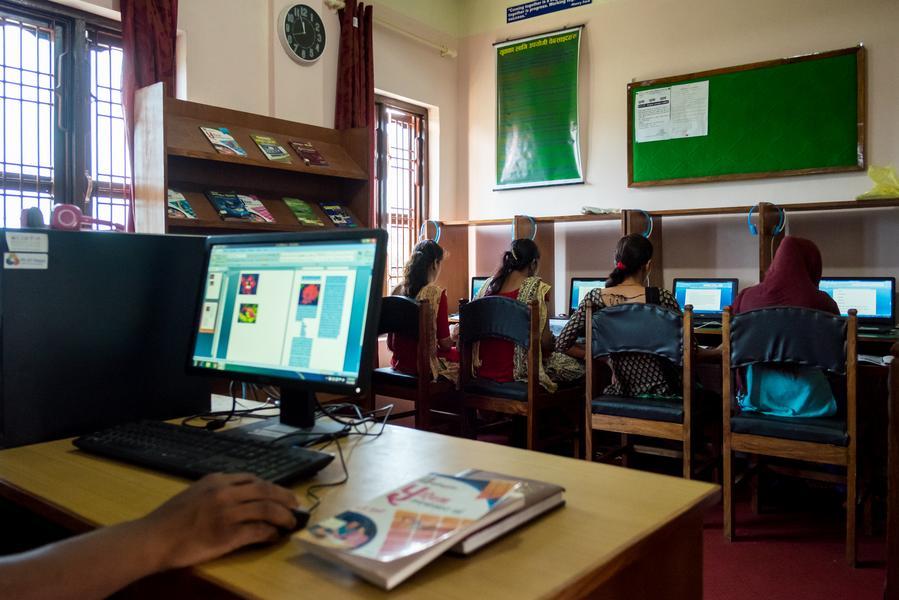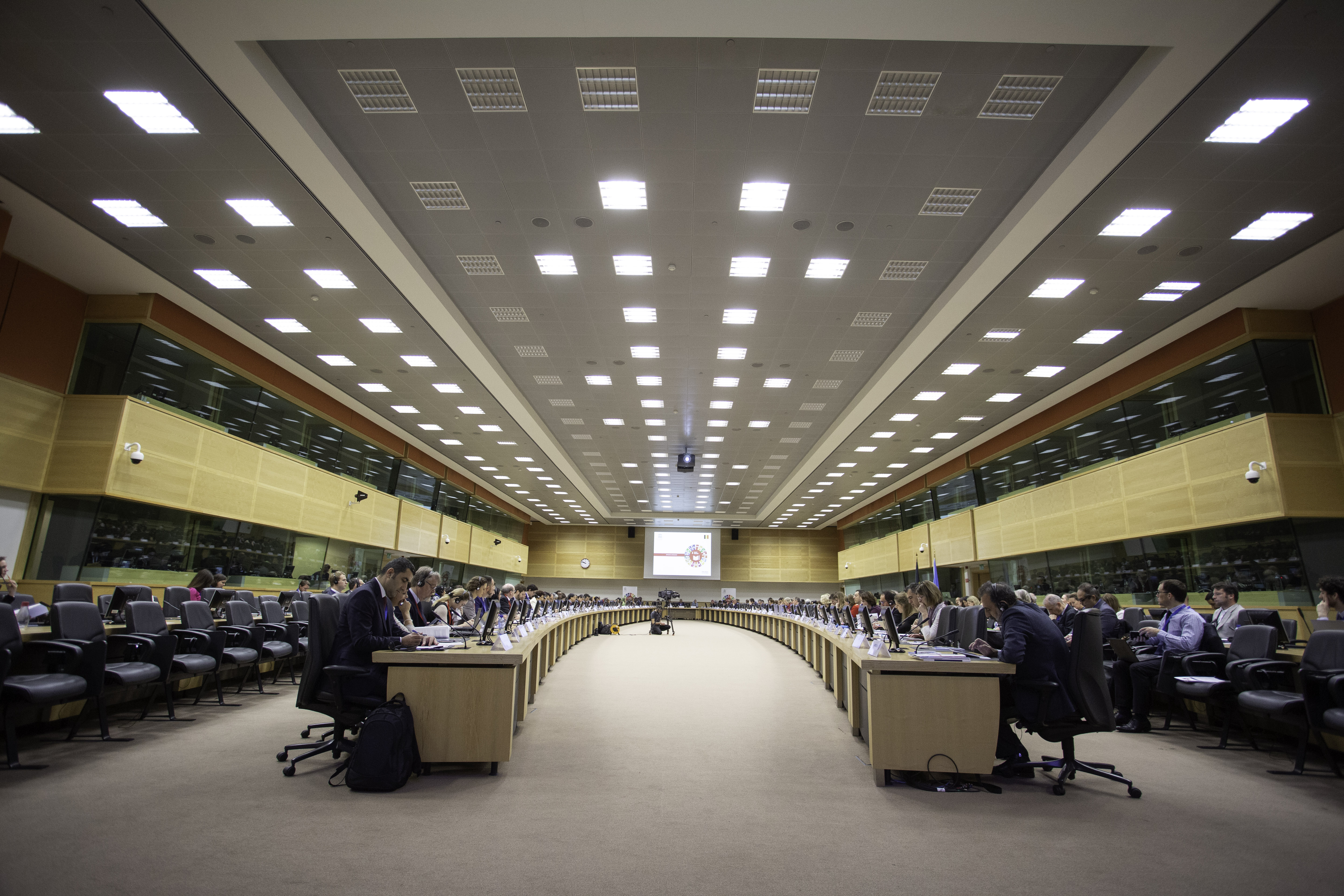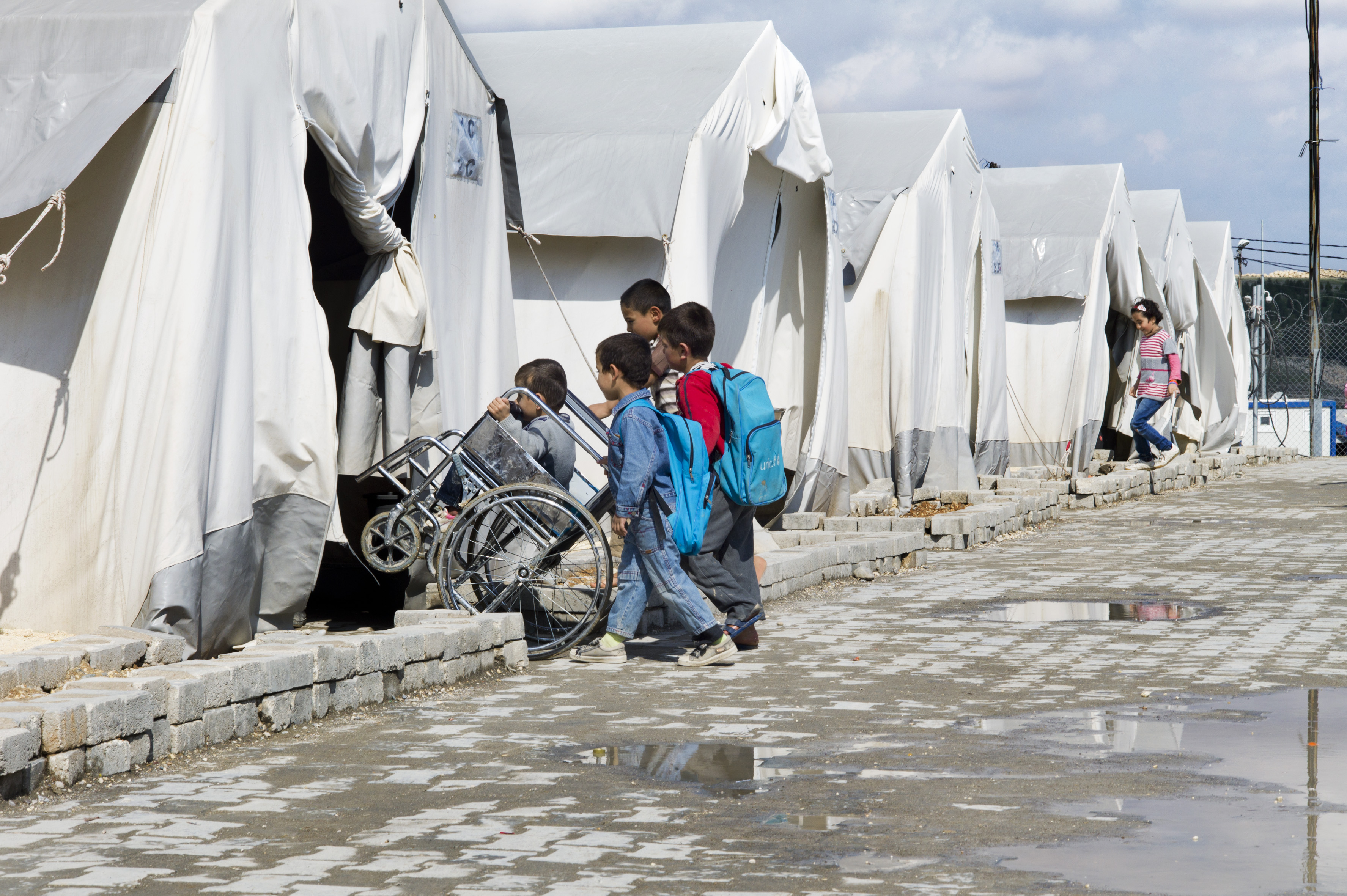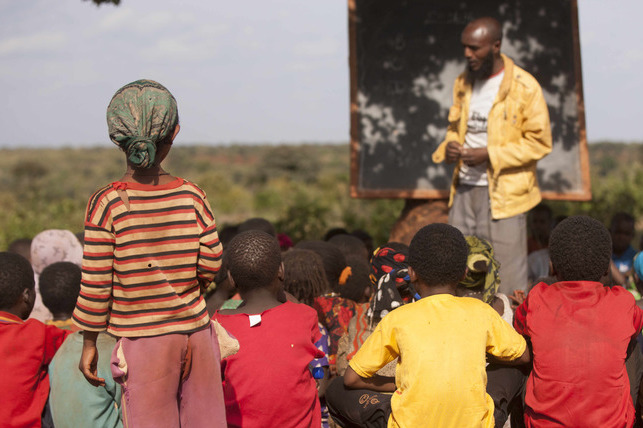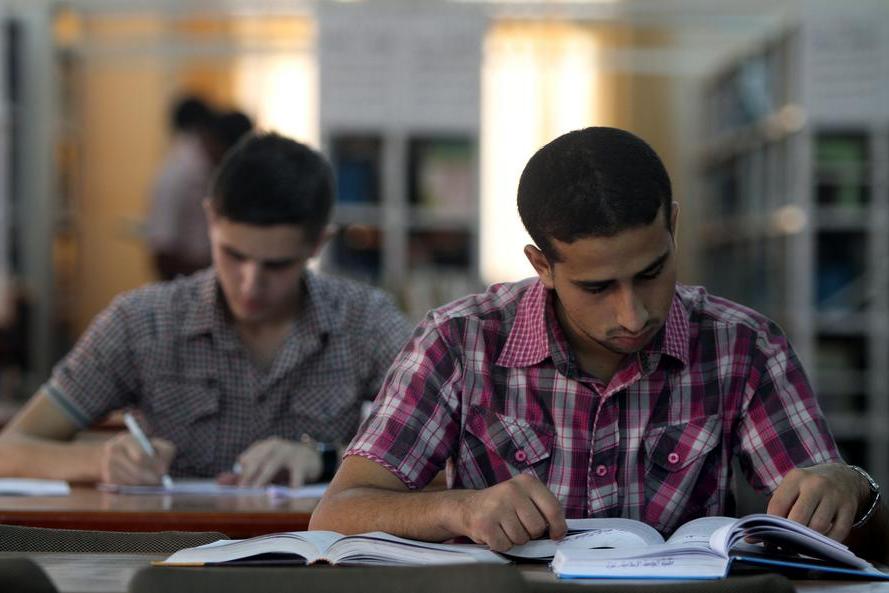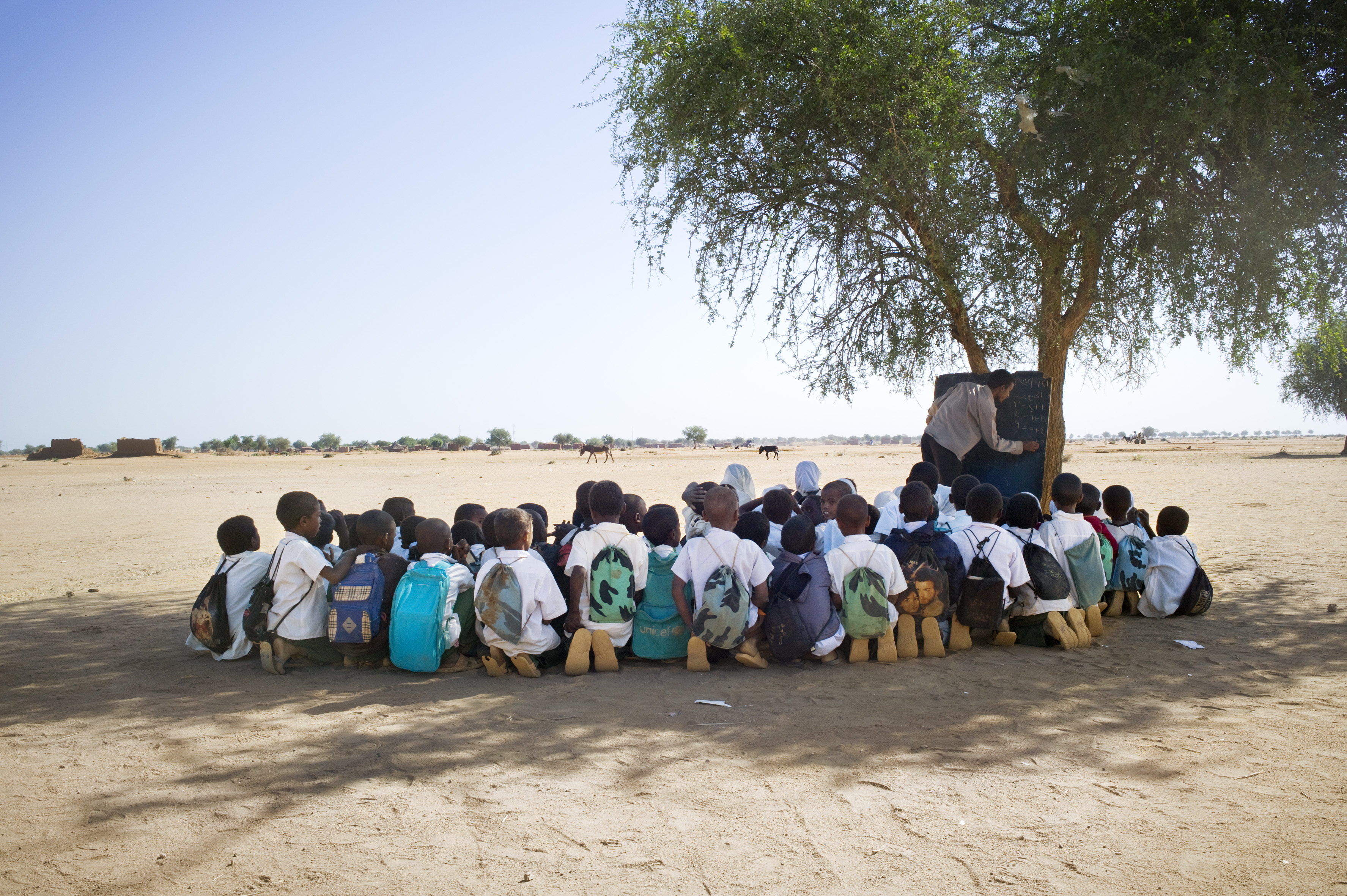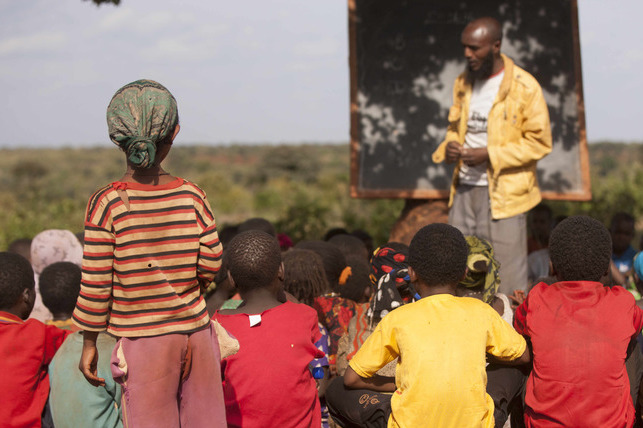
Policies
Performance based benefits for the Teachers in Yemen
Context and Problem
Yemen continues to face a severe humanitarian crisis that was exacerbated by conflict in 2015. The conflict triggered one of the worst humanitarian crises, affecting all aspects of life, including health, food security, access to water, and education. By 2021, the United Nations reported that the conflict had heavily damaged or destroyed over 2,500 schools. Over 2 million children were out of school, and those who did attend faced overcrowded classrooms, lack of basic educational materials, and often had to cross conflict lines to reach schools. Many teachers had also fled or stopped teaching due to security reasons or not receiving their salaries on time. All of this impacted the quality of education and the student learning outcomes.
Solution
To motivate and retain teachers, the projects implemented performance-based cash transfers for those maintaining at least 75% attendance. For rural female teachers, the monthly allowances were higher to encourage participation and retention, which addressed gender disparities and promoted education in underserved areas. Moreover, teachers received training that focused on improving early-grade literacy and numeracy, along with psycho-social support training to manage classroom environments better and provide emotional support to students.
Impact
There isn’t much data and information on the impact of this program. However, the program aimed to stabilize the teaching workforce in Yemen’s most affected areas, improve teaching quality, and increase their capacity to create a more responsive and adaptive educational environment.
Further data collection, studies, and analysis will have to be done to understand the program's impact.
Analysis
This system, with its potential for replication, offers hope for other regions where conflict or low teacher attendance is an issue. However, creating a foolproof system to distribute the money and to track the teacher's attendance will be critical. Additionally, the program can be scaled up by partnering and working with more organizations and local communities.

